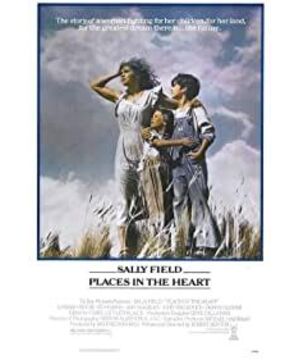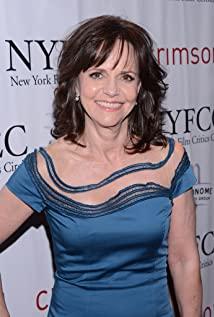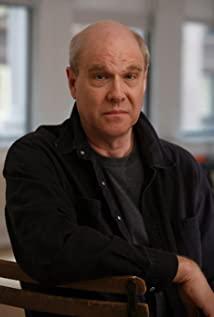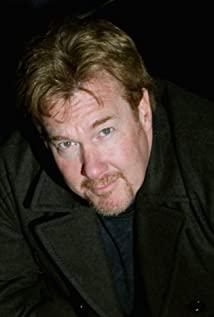The director of the film is Robert Benton, who has directed "The Cramers". In "Places in the Heart", Benton, as always, reproduces a picture of the United States during the Great Depression with almost outline drawing techniques. Amorous painting. But there is still a big gap compared with its predecessor. The biggest problem with the film is that the director wants to tell a lot of themes through the film, and there are many branches and clues in the film. The most direct consequence is that the main line and plot of the film are more chaotic and loose. When I watched the movie, I thought it was a movie describing the new growth of women, but later I discovered that it also involved racial issues. Of course, the director is still very good at combining the two parts ingeniously. However, the extramarital affair between Aina’s brother-in-law and the female teacher in the town described in the film is still more confusing. I really don’t know what this relationship has to do with the theme of the film? If you want to describe the entire period of the Great Depression in a comprehensive way, what is shown in the film is obviously not enough. Obviously, the director wanted to add some personal subjective feelings or past events that he had personally experienced during the filming process, but apparently this aspect was not very successful.
Let me talk about the growth of women in the film. At the beginning of the film, it is not difficult to see that Aina is a typical housewife. What she does every day is just coaxing the children and preparing meals. And with the accidental death of Aina’s husband (here Aina’s husband was killed by a black man), the responsibilities and burdens of the family fell on Aina, who didn’t know anything, and at this time it was the independence of women’s consciousness. And the moment of awakening. Aina not only needs to take care of her two young children, but also has to face the bank loan left by her husband. One can imagine how difficult this is for a timid and cowardly housewife. But Aina chose to face everything bravely and strongly. With the help of the black tramp Moses, Aina used the 30 acres of land left by her husband to grow cotton. Of course difficulties also followed. In the film, the director focused on the tornado and the process of picking cotton to show Aina's difficult life. She faced not only nature but also various man-made difficulties. This is also the inevitable process of Aina's independence and growth. This is the director telling us the history of a woman's growth. Throughout the many female-themed works in the 1970s and 1980s, it is not difficult to find that the plot development of this type of film is very similar, such as Sisi Spicer’s "Miner’s Daughter" and Sally Field’s first The award-winning work "No Mare" is like this. What’s interesting is that we will find some amazing similarities in the Oscar nominations that year, including "Homeland" and "Awakening in the Angry River" and "Places in the Heart" have amazing consistency in the film structure, only It's just that the plot is different from the actors. This is the inevitable trend of female-themed films that have moved towards structural shackles and saturation after experiencing the climax of the 1970s.
However, the director is still very thoughtful. In the film, Aina's awakening is only one of the clues of the film. The clues about racial contradictions in the film run through. From the death of Aina's husband, and the comparison of funerals between two different races, to the attitude of whites towards blacks in the film are all derived from this clue. The director portrayed the image of a kind-hearted black tramp Moses in the film. He helped Aina grow cotton, and helped Aina, who didn't know anything, avoid being deceived by treacherous cotton dealers. It was he who helped Aina to become independent and grow up. He was also retaliated by the racists in the town. Just like what Aina said to him when Moses was about to leave in the movie: He saved this barren land and saved a family that was about to fall apart. Of course, at the end of the film, Moses chose to stay in the end, staying on the land where he had sweated. In the last scene of the film, the black and white people listen to the pastor's sermon in the church. The harmonious coexistence can also be seen as a way of reconciliation that the director wants to express.
In addition to Sally Field's plain, simple but shocking performance in the film, the performance of several supporting roles is also exceptional. Like Lindsay Close who plays her sister. John Malkovich, who played the blind Will, was nominated for Oscars that year. Attached is Sally Field's wonderful speech when she won the Oscar. Sally Field's speeches when she received the Oscars were often incorrectly quoted for many years. Here are all the original words: "This time meant too much to me, and I don’t know why. I think this is the first time I can’t feel it because it’s completely new to me. But I think Thank you. I have never had a serious career. And what I want most is your respect. The first time I didn’t feel it. But this time I felt it. And I don’t deny it. The fact that you like me...now...you like me. Thank you."
View more about Places in the Heart reviews











